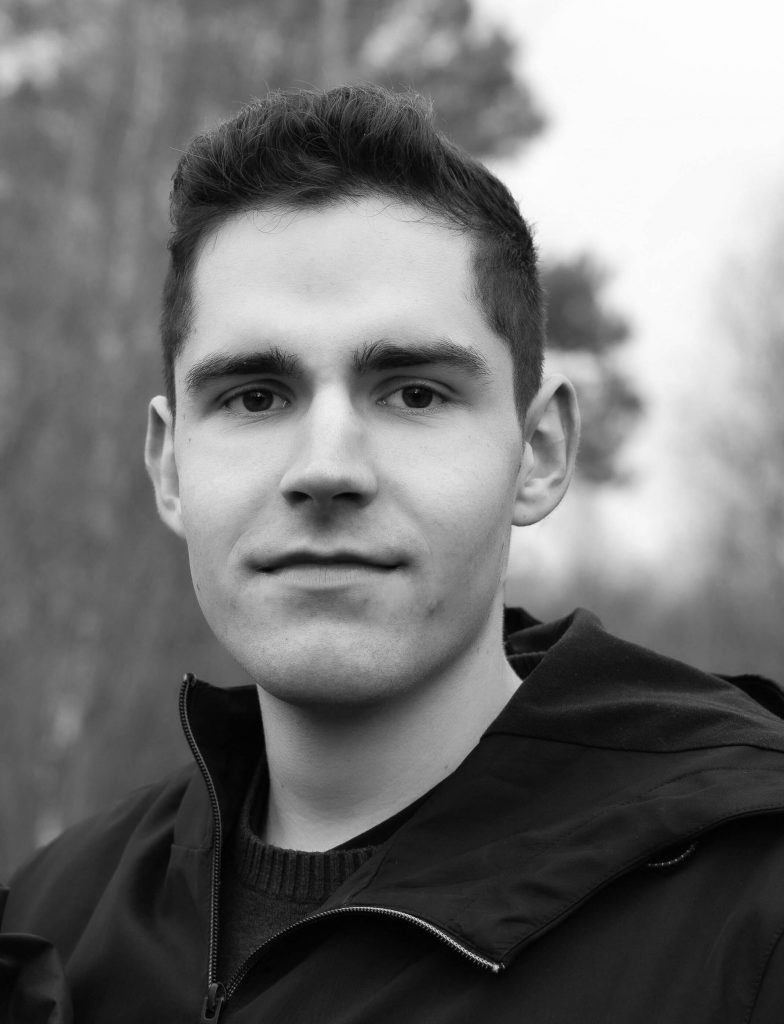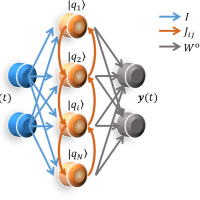Consortium
FEMTO-ST, Besancon
French coordinator and PI: Daniel Brunner
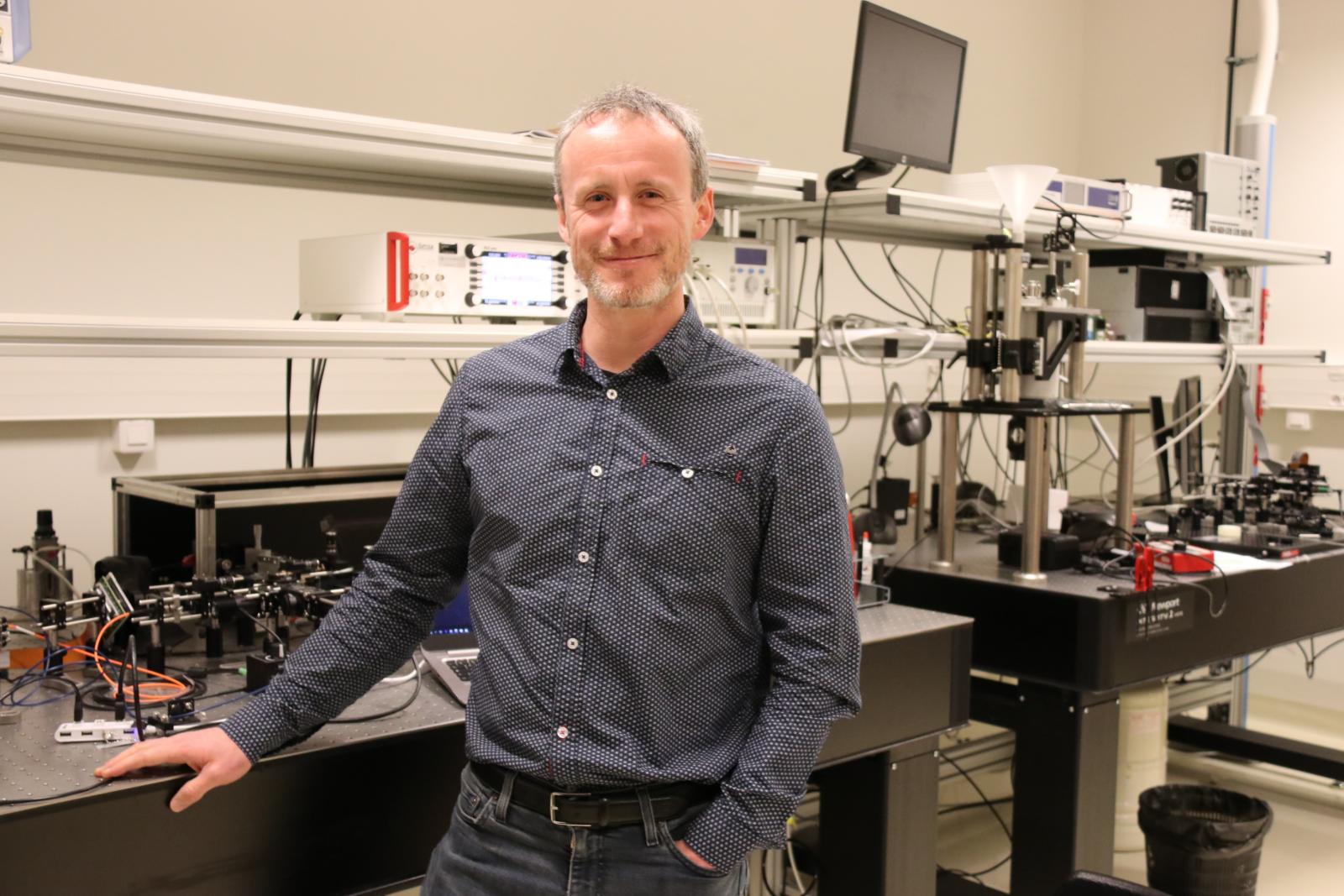
Dr. Brunner has extensive experience in the participation of projects centred on RC since 2010 (FP7 FET-Open PHOCUS, FP7 Marie Skłodowska-Curie IEF NOPHALIS). He is PI in H2020 (ITN POST-DIGITAL) and ANR (ANACONDA) as well as coordinator in several regional projects. He currently is mentoring scientist of a Marie Skłodowska-Curie postdoctoral fellow (Dr. Xavier Porte, MULTIPLY). He organized numerous international conferences and workshops on RC, including the first world-wide workshop (2012, NOLTA, Palma de Mallorca, Spain), the first high-level conference (Cognitive computing, merging concepts and hardware, 2018, Herrenhausen Castle, Hannover, Germany), and is organizer of the SPIE Emerging Topics in Artificial Intelligence conference (2020 and 2021). He has an outstanding track-record in leading research projects as well as organizing internationally visible events in the field. Dr. Brunner is a pioneer in the field of photonic RC and developed the first optoelectronic RC, the first laser RC (both, with 500+ citations, the highest cited photonic RC publications) and the first online training of photonic RC, the demonstration of integrated photonics networks based on 3D waveguides, and the first demonstration of a long-coherence time hole-spin quantum state in a semiconductor QD. Overall, he has authored +40 articles related to RC and is editor for the first book in the field. FEMTO-ST will bring its expertise in photonic RC, integrated photonic networks and learning concepts to the consortium and will collaborate closely with all partners for the implementation of photonic QRC. Extending its expertise, FEMTO-ST will partner with the TUB to create coherent QR, with the SU to implement quantum-correlation measurements, and with UB to establish a comprehensive model of the coherent quantum network.
LKB, Paris
PI: Sylvain Gigan
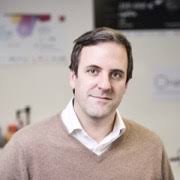
The team at Laboratoire Kastler-Brossel is led by Prof Sylvain Gigan, who has extensive expertise in quantum optics and optics computing exploiting complex media. The team has been supported over the years by an ERC StG (2011-2016) and CoG (2017-2022), and numerous national and international funding agencies (ANR, FET-OPEN, DARPA,…). The team comprises ~15 people and has expertise in wavefront shaping, optics of disordered media, detection of highly multimode state of light, light scattering, computational tools, that will be strong assets for the project. The team has recently developed a platform for controlling and detecting quantum states in multimode fibres, as well as a classical RC platform, both constituting the starting point for the scientific contribution to the project and the interaction with the other partners.
TU Berlin
German coordinator and PI: Stephan Reitzenstein
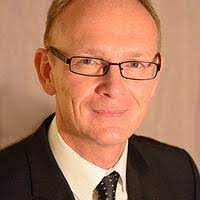
The team is led by Prof Reitzenstein who has extensive experience in nanotechnology, semiconductor device development and in quantum nanophotonics. He has led numerous national and international projects and received an ERC Consolidator Grant in 2014. Together with his team he developed and advanced deterministic nanofabrication technologies, namely in-situ electron beam lithography and the buried-stressor growth concept for site-controlled quantum dots, which allow for the fabrication of quantum dot based nanophotonics devices with unprecedented fabrication control and process yield. Using these techniques, the TUB group realized high-performance single-photon sources and microlasers with InGaAs quantum dots as optically active elements. In collaboration with Dr. Brunner, the Reitzenstein group developed large-scale homogenous micropillar laser arrays and electrically driven VCSEL arrays within the projects NeuroQNet1 and NeuroQNet2 where they have been used for the implementation of photonic RC. S. Reitzenstein has also a longstanding and very fruitful collaboration with Dr. Gies on the study and description of lasing effects in micro- and nanolasers of various kinds. The technological expertise of the TUB group in the development, fabrication and (quantum) optical study of nanophotonic devices together with the established collaboration with the project partners will be an excellent basis to address the challenging tasks of this project and to ensure its success.
University of Bremen
PI: Christoph Gies.
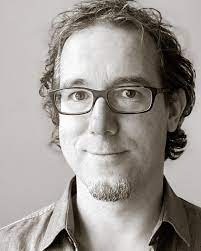
Prof. Dr. Christopher Gies is leading the “Quantum optics of semiconductor nanostructures” group at the University of Bremen as an independent researcher since 2017. He habilitated in theoretical physics on the topic “Semiconductor sources for coherent and quantum light” in 2020 and is a professor for Theoretical Solid State Physics at the University of Bremen until September 2022. Dr. Gies has extensive experience in combining quantum optics, open-systems master equations, and correlation-expansion based methods with a material-realistic description of semiconductor nanostructures. Together with the partner at TUB, he has advanced the understanding of nanolasers operating at the miniaturization limit of light-matter interaction, and he co-chaired the conference on “Quantum Optical Phenomena in Optoelectronics” of the IEEE Photonics Society in 2018. More recently, Dr. Gies focusses on multipartite entanglement generation in semiconductor-based material platforms, such as coupled-cavity arrays and van der Waals materials, and on quantum machine learning. He acts as project leader in a DFG graduate school on quantum materials modelling, in a DFG priority programme on atomically thin van der Waals materials, in a BMBF project on quantum repeaters, and in a European QuantERA project on realizing scalable single photon sources for applications in quantum information technologies.
Hired PhD student: Steffen Wilksen
